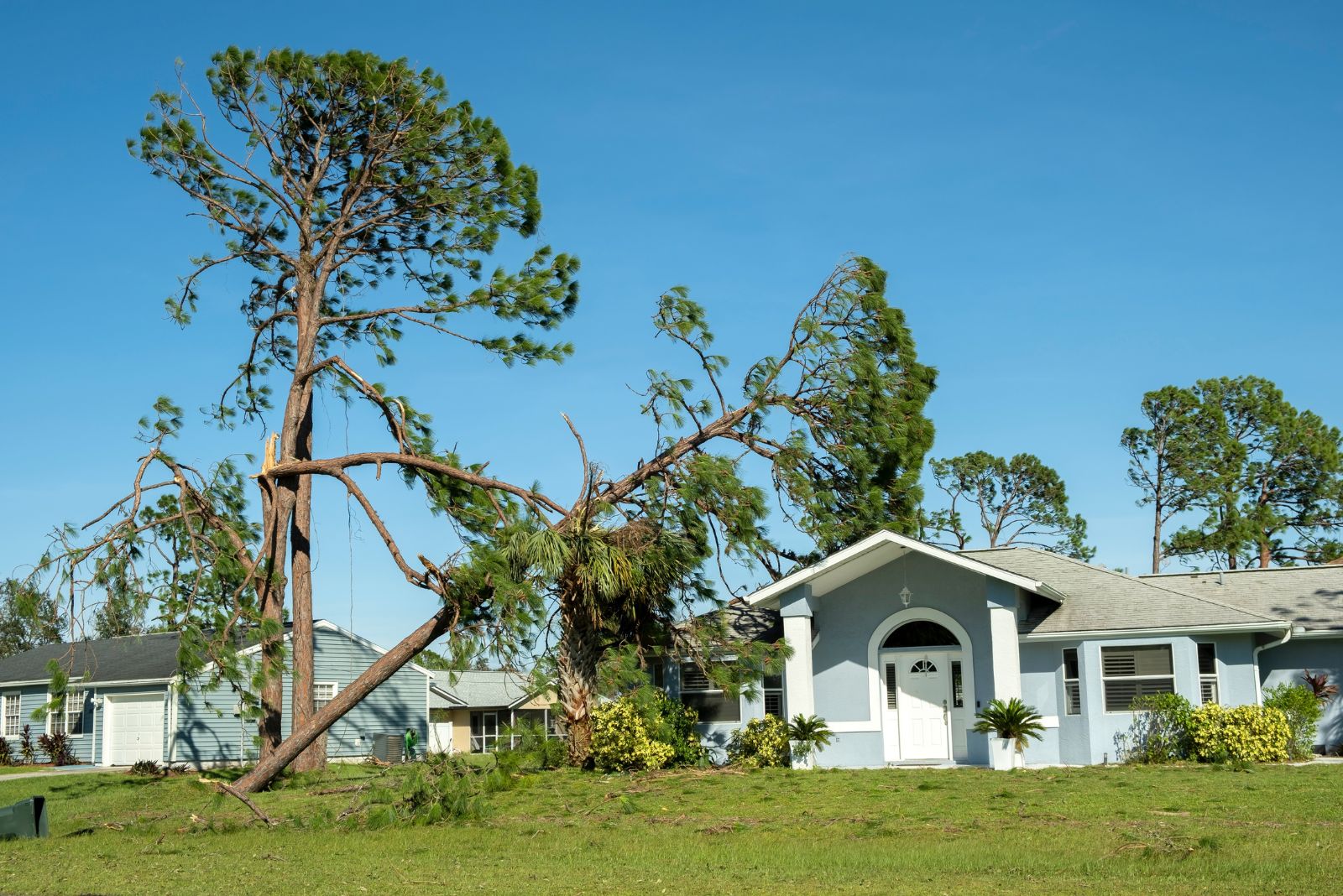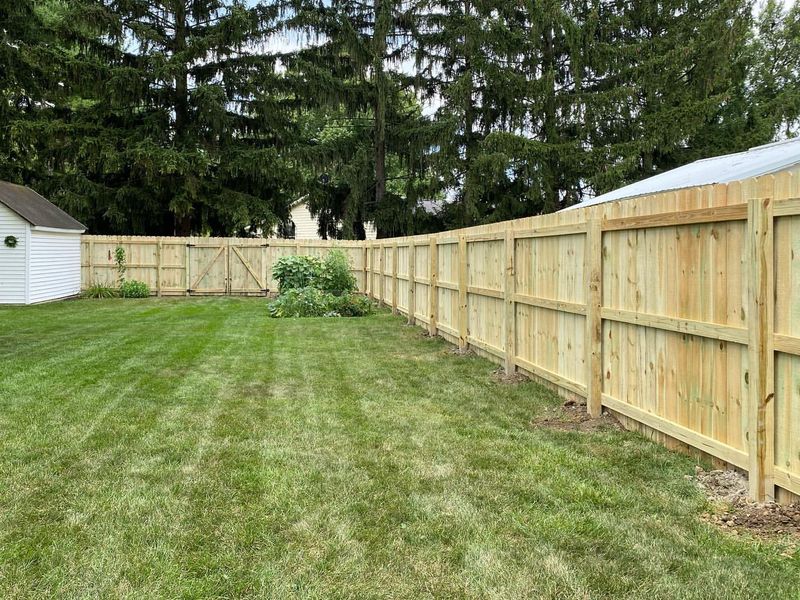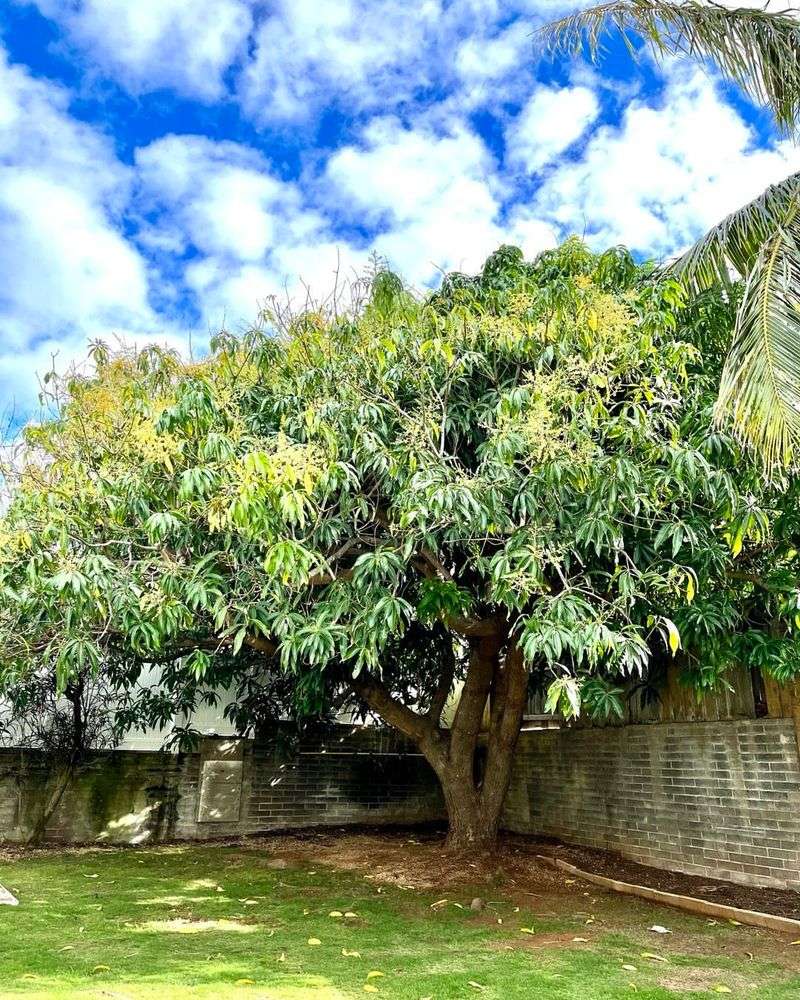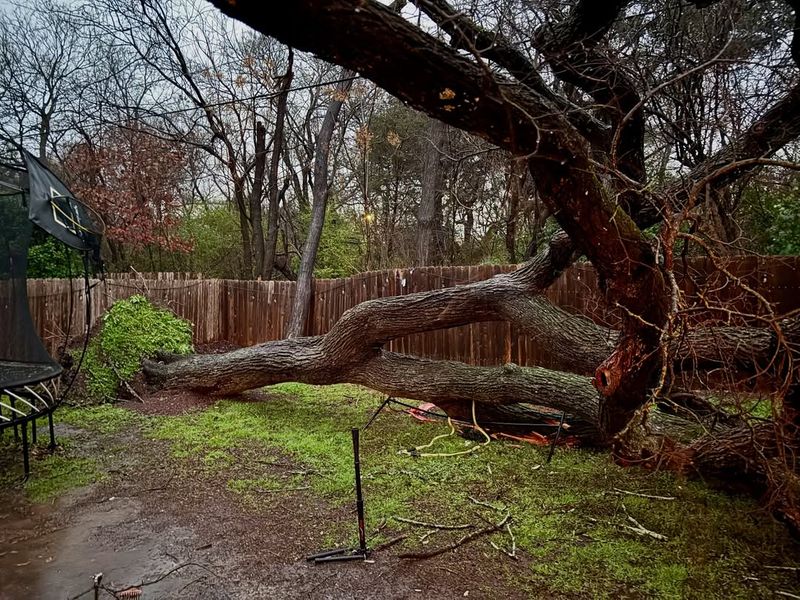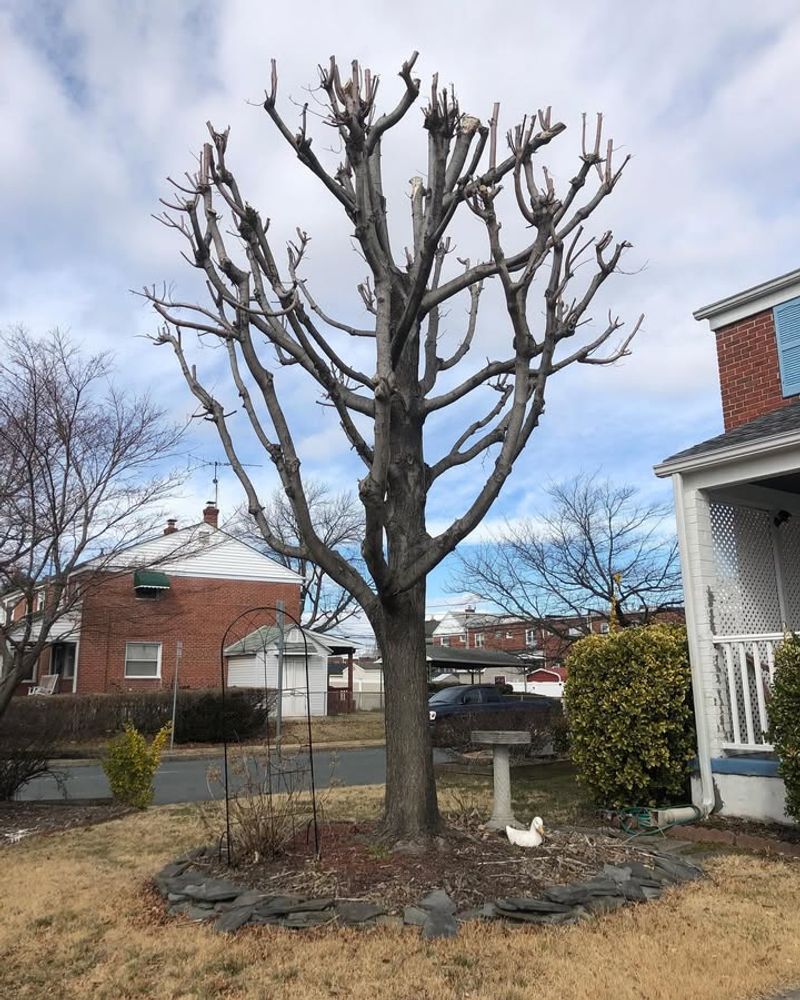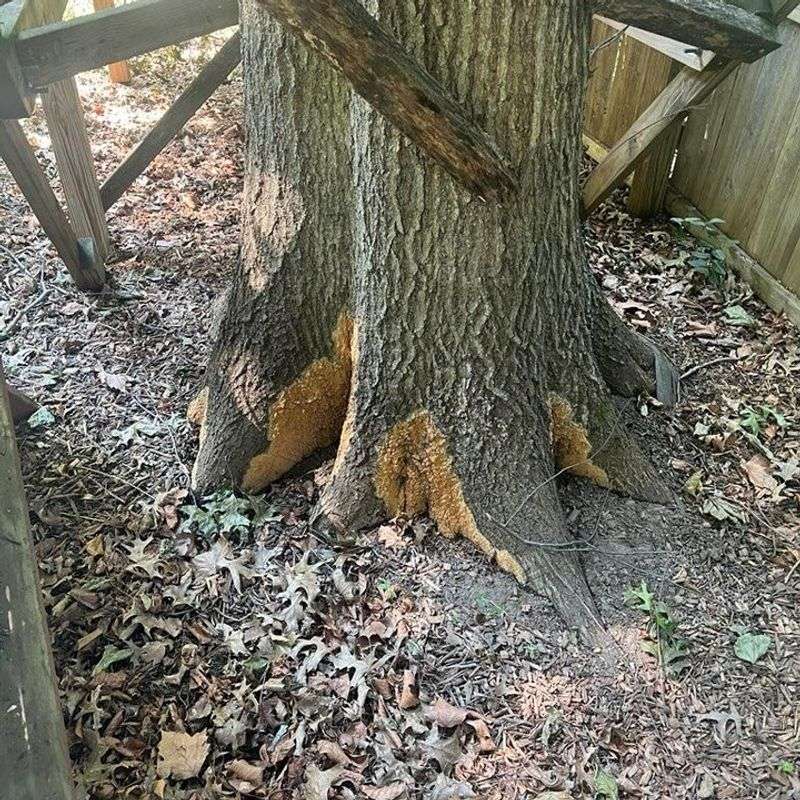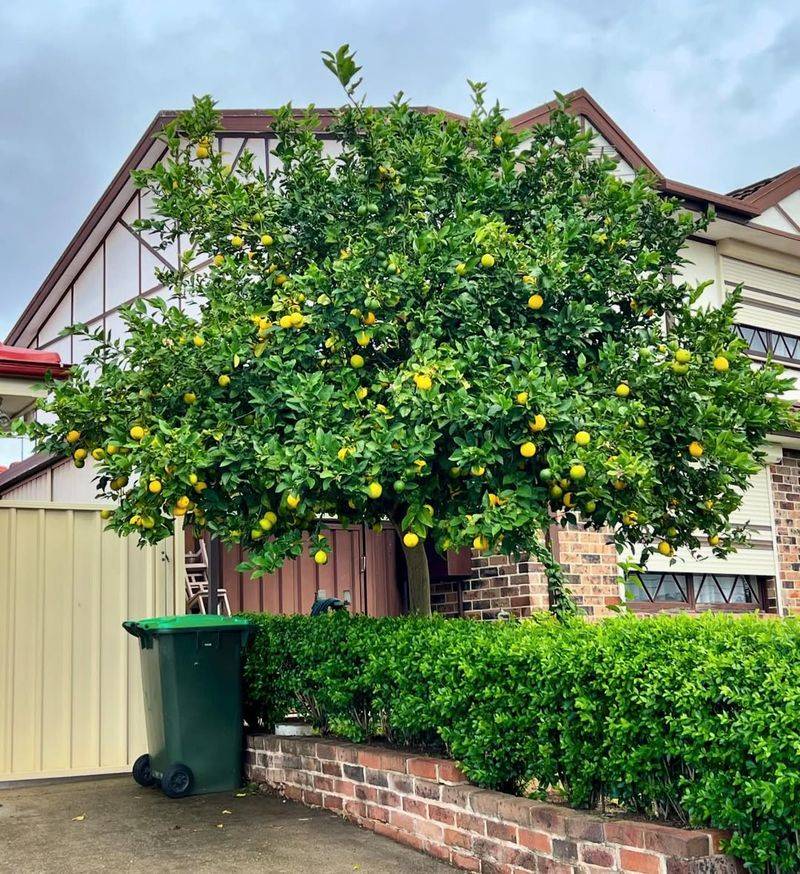A fallen tree can turn a calm California yard into a scene of chaos in a single afternoon. One loud crack, one heavy crash, and suddenly you are staring at broken branches, crushed plants, or even a damaged fence. When the tree comes from the neighbor’s side, the situation can stir up tension fast.
The rules behind responsibility may seem tricky, but they follow a clear path once you know how the law views these surprises. Understanding who must step up after the fall can save time, stress, and confusion when nature decides to drop a curveball.
1. The Owner’s Property Rule
Generally, whoever owns the land where the tree grows is considered the tree’s owner in California. This means your neighbor is responsible for maintaining their trees and keeping them healthy.
However, ownership alone doesn’t automatically make them liable for damage. The key factor is whether they knew or should have known the tree was dangerous before it fell onto your property.
Courts look at the tree’s condition and whether warning signs existed that a reasonable person would notice.
2. Healthy Trees And Act Of God Defense
When a perfectly healthy tree falls due to unexpected weather events like storms or earthquakes, your neighbor typically isn’t held responsible. California law calls these situations acts of nature or acts of God.
You would need to file a claim with your own homeowner’s insurance to cover the damage. Nobody could have predicted the tree would fall if it showed no signs of disease or weakness beforehand.
Documentation of the tree’s health matters greatly in these cases.
3. Diseased Trees Create Liability
A neighbor becomes liable when their tree was clearly sick or dying before it fell. Visible signs include rotting wood, missing bark, leaning trunks, or large branches that any homeowner should notice.
If you warned your neighbor about the dangerous tree before it fell, this strengthens your case significantly. Keep records of any conversations, letters, or photos you shared with them about the tree’s poor condition.
Negligence in maintaining a hazardous tree makes them financially responsible.
4. Your Responsibility To Document Concerns
Smart homeowners keep detailed records when they notice a neighbor’s tree looks dangerous. Take clear photos showing cracks, rot, heavy leaning, or other warning signs from multiple angles.
Send a written notice to your neighbor, preferably certified mail, describing your concerns about the tree’s condition. This creates a paper trail proving you alerted them to the potential hazard.
Save copies of all correspondence and their responses, as these documents become crucial evidence if the tree eventually falls and causes damage.
5. Insurance Company Roles And Claims
Your homeowner’s insurance typically covers tree damage to your property initially, regardless of where the tree came from. Filing a claim with your insurer gets repairs started quickly without waiting to determine fault.
After paying your claim, your insurance company might pursue your neighbor’s insurance through a process called subrogation if they believe the neighbor was negligent. This means the insurance companies handle the legal battles while your property gets fixed.
Always report tree damage promptly to start the claims process.
6. Overhanging Branches And Prevention Rights
California law allows you to trim branches that hang over your property line, even without your neighbor’s permission. You can cut back to the exact boundary but cannot go onto their property or damage the tree’s health.
Many experts recommend notifying your neighbor before trimming to maintain good relationships. You must pay for the trimming yourself unless the branches pose an immediate danger that your neighbor refused to address.
Proactive trimming can prevent future damage from falling limbs during storms.
7. Root Damage And Underground Issues
Tree roots that invade your property and cause damage to foundations, driveways, or plumbing create a different legal situation than falling trees. California courts have ruled that property owners can recover costs when a neighbor’s roots cause substantial harm.
You must prove the roots came from their tree and caused actual damage to your property. Professional arborist reports and plumber assessments provide the evidence needed to support your claim.
Root barriers installed along property lines can prevent these expensive problems before they start.
8. Small Claims Court And Legal Action
When your neighbor refuses to pay for damage their negligent tree caused, small claims court offers an affordable solution for disputes under ten thousand dollars. You’ll need to present evidence showing the tree was dangerous and your neighbor knew or should have known about it.
Bring photos, written warnings you sent, expert opinions, and repair estimates to court. A judge will decide if your neighbor acted reasonably or failed to maintain their property safely.
Most cases settle before trial when evidence clearly shows negligence.

